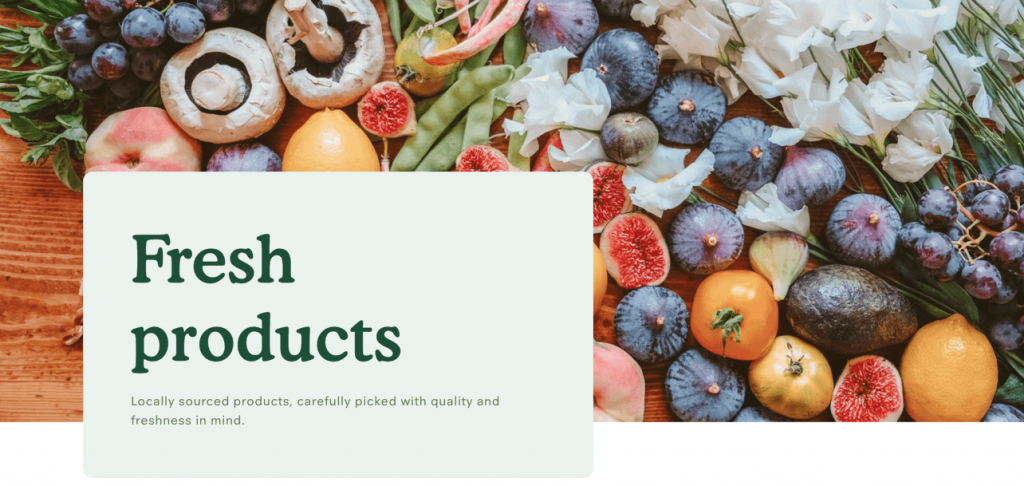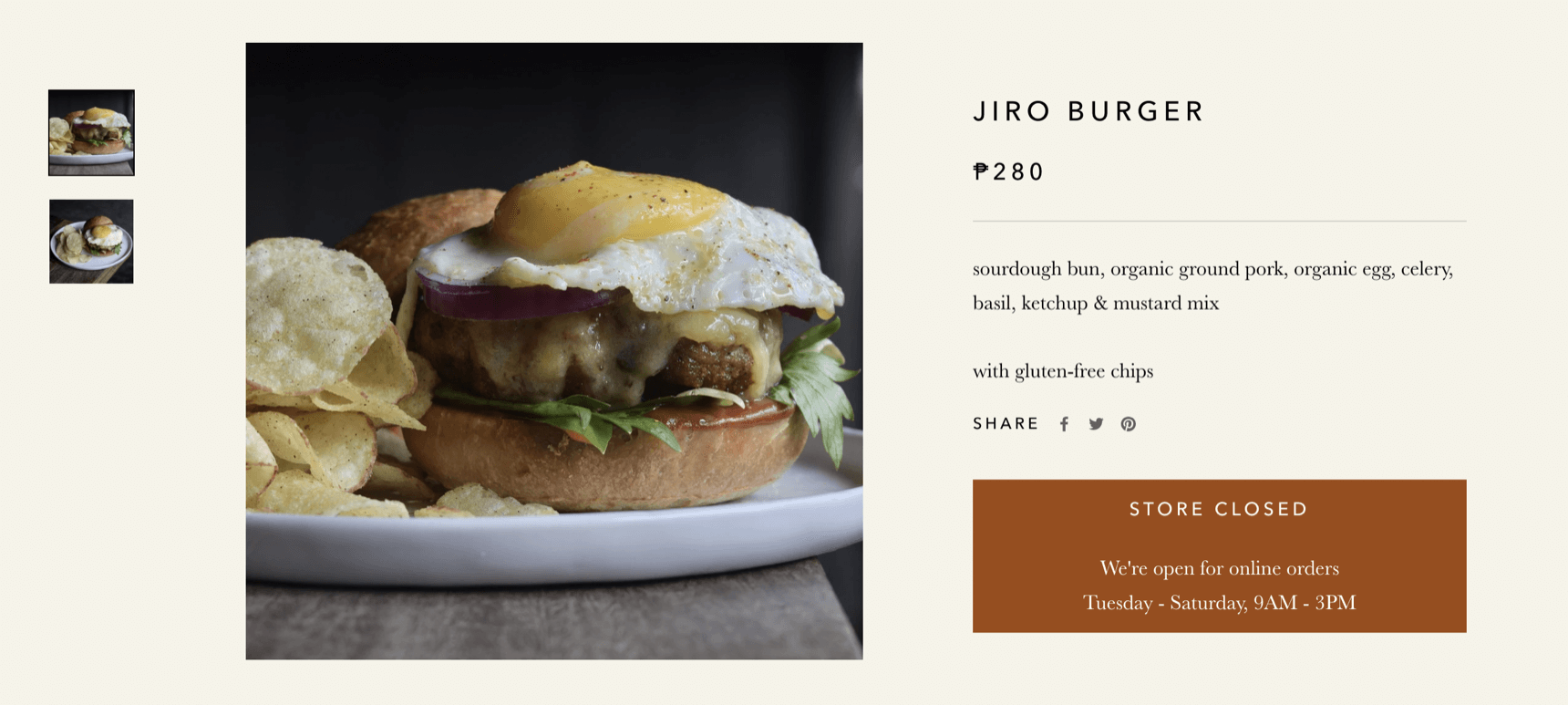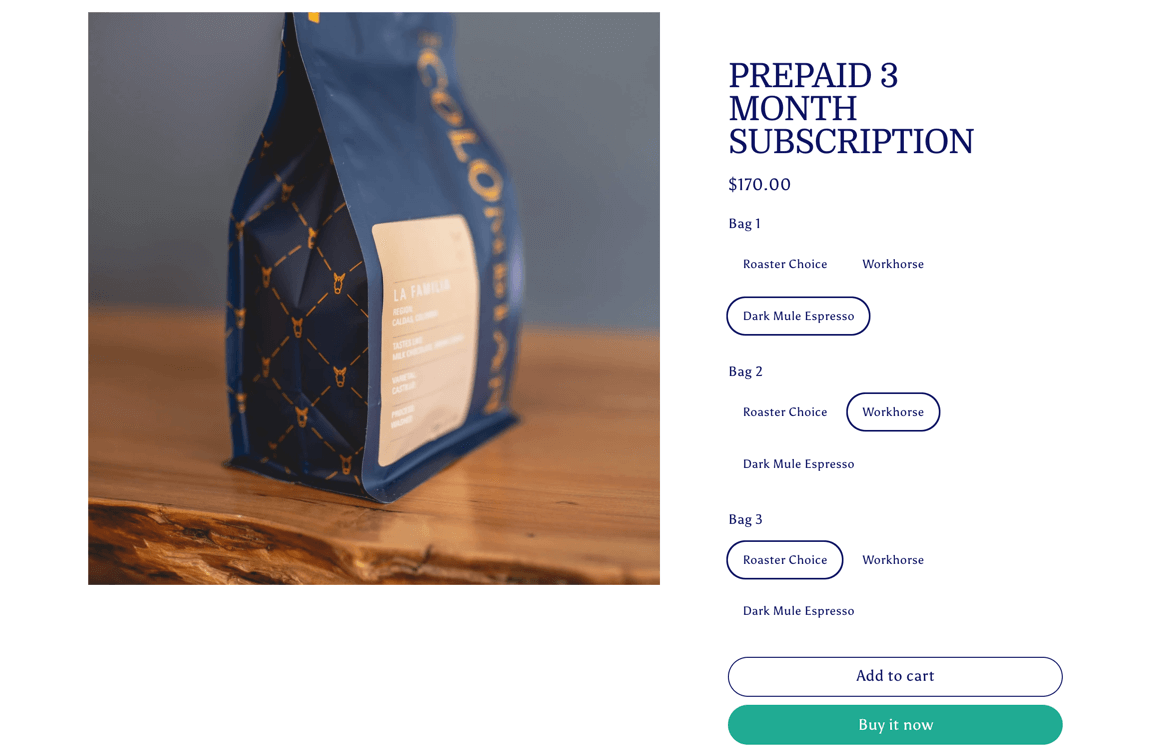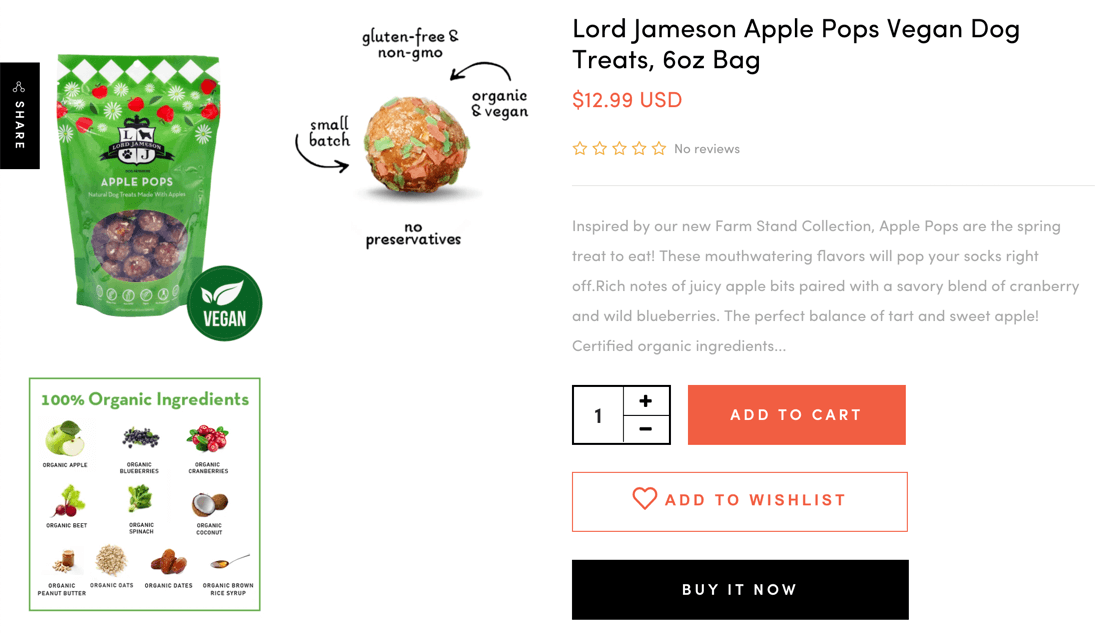When we talk about selling ecommerce products, we often think along the lines of products like clothes, digital items, accessories, and more.
But seldom do we think about another industry that dominates the market. The products of this industry might be perishable to a certain degree but they’re never short on demand.
Food makes the world go round.
From ingredients to readymade food items, there’s a huge market in the food industry.
But wait, e-commerce and food? Do those worlds align?
Well, yes and you’d be surprised how much.
Supermarkets from all corners of the world have aligned the two perfectly. From Target, to Walmart, and Amazon, everyone is selling groceries and food items on their ecommerce platforms.
Okay, that was B2C: What about B2B food companies?
There won’t be a B2C food industry without the B2B guys being hard at work in the shadows.
With the rise in ecommerce stores selling groceries to customers, wholesalers and manufacturers have ramped up their efforts to get their products to distributors’ shelves.
It’s a land of opportunity, but not the kind you’re thinking. It’s an actual land of opportunity where there is potential but you have to put in the effort to get success.
So how can you get started with an ecommerce food/grocery business? Let’s find out:
The infrastructure of an ecommerce grocery store
It’s nothing complex. Don’t worry.
Building an ecommerce store is easier now than ever. From WooCommerce to Shopify, Magento, and more – there is no shortage of platforms that you can use to create a store.
Besides the layout and design, there isn’t any inherent technical requirement to build an ecommerce grocery store. From product entries to cart management, most ecommerce platforms will follow the same development procedure to build a food/grocery store.
Unless you want something custom, that’s the usual workflow.
What you have to worry about are the operations. To elaborate, these are the questions you have to ask yourself:
- What’s my niche? What portion of the food industry will I cater to?
- How will I source the items? What will my packaging look like visually and physically?
- How much will it cost for me to run a successful food business? How will I scale my ecommerce business?
- What governmental regulations will I have to abide by to run my ecommerce store?
- How will I get my website built?
- How will I market my products?
The last question has already been answered but we’ll elaborate on it at the very end.
So, let’s give you an answer to all of these questions, and more to get you up to speed.
Selecting a niche to cater for the food industry
Most businesses in the foods and beverage industry are built on passions, hobbies, and family roots.
You see it all around you in the form of an Asian restaurant specializing in one particular niche of food items, and many more.
Built on recipes passed down from generation to generation until perfected and sold to the mass market. Those are the roots of mom-and-pop business.

Of course, with the digital age, everyone is moving towards the ecommerce end. Services like Uber Eats and Panda Express have done a tremendous job of ensuring that these restaurants and food establishments get to the most people.
If you don’t fall in the previously mentioned category and just have an idea, what can you do? Well, the first thing would be to check its economic viability. See if there’s competition within the niche.
If there is competition, you’re going to have to invest in marketing to get your products out there. If there is a gap, then selling becomes a lot easier.
Sourcing products and packaging
There are no shortages of suppliers present on the internet, and in real life, that can fulfill your business needs.
Of course, there are prerequisites to selecting the right supplier for your ecommerce business that you must abide by. In the food/grocery industry, there is one caveat that you have to consider: the FDA and its international equivalents.
The US Food and Drug Authority, and its counterparts in developed countries have their own laws on food industry operations.
There are sanitation rules, food safety, employee safety, and other considerations that businesses need to follow to continue their operations.
Similar to how you would follow those laws, your suppliers need to follow them as well. If a supplier is lacking in proper FDA certifications, then it’s best to not work with them for the sake of your business.
Packaging is a design concern. How will your product look to the customer?
How you design your packages will ultimately cement the position of your brand in the eyes of the consumer. If you’re creative enough, you can design the package yourself, but that’s quite a long process. What you can do is hire a product designer to get your packages developed.
Otherwise, you can rely on specialized apps such as Arka: Packaging and Supplies to help you make the custom box with custom dimensions.
Pricing and scaling the business
This is probably the most interesting aspect of running a food business.
Like most businesses, your pricing depends on the cost of production, perishability, and the logistics of getting your product to the consumer.
If you’re a premium brand selling food products online, you have to adjust your costs to match the premium factor.
You see, there is no single way to price your products. You can, however, create a good pricing strategy if you research your competitors and see what they’re offering.
There are two aspects to scaling an ecommerce food/grocery business.
The first is focused on technical scalability. Of course, on Shopify you can scale easily by upgrading to a more advanced package. The second aspect is internal scalability.
There are growing pains involved in that process, but if you have a good enough management team present, things can go a lot smoother.
Getting your website built
We’ve discussed this before, but let us elaborate on this. Building a website on Shopify can get as complex as it is simple.
If you’re just starting out as a small business, you can learn the ins and outs of Shopify and create a simple website for your business. It won’t be much but it will pass for a good website because Shopify templates are built with modern design standards. Even then, there are considerations when you go about selecting a Shopify theme.

The templates also come equipped with all the technical functionalities present within them.
While that’s an easy path to follow, it will also take some time. Besides that, there will be branding considerations. Overall, your store might not look as professional.
If you get the investment, then it’s best to focus towards revamping your website on both the visual and technical end.
For that, you need to invest in Shopify development services.
With the right business supporting you in that prospect, you can get a well-designed website with the right technologies supporting your operations in both the front and back end.
Shopify’s food industry specific apps
Shopify’s support for the food industry is great. The platform has a ton of applications and extensions that can be used for a variety of food businesses.
Yes, these applications can be used for a variety of other businesses, they can work equally well for the industry of discussion.
Let’s see which apps are best for each purpose:
Nutrition Facts

This app is best for niche food with customers who are concerned about their nutrition. Hence, products with detailed nutrition facts labels help customers make informed food choices and give your health store a professional look and feel.
It displays the nutritional facts related to your product in the same manner as the product label in real life. In addition, you can even create customized nutrition labels using different layouts and shapes.
Tip Jar

Represent the tip jar that you always see in restaurants, this app is built for chain stores and restaurant businesses on Shopify. Tips are a recreation of the real dining experience. With the Tip Jar app, you can add a virtual tip box to your store. Like in real life, if the customer is happy with the service, they can offer you a tip.
You can set a fixed amount for the tip so that once selected, it shows up as a new item on the Cart page. Your customers can also increase its quantity until it meets the sum they want.
We’re Closed

While being closed isn’t an e-commerce feature, if a food store wants to show closed hours in their store, they can do so with the help of the “We’re Closed” app.
Bold Subscriptions

For businesses who have products being bought at recurring periods (like groceries or coffee), they can use Bold Subscriptions to their advantage. This allows you to manage your customers’ product subscriptions more effectively.
By selling food subscriptions, you have better control over your stock and ensure a stable sales count.
ModeMagic

Similar to the nutrition facts app, for health-conscious customers, you can use ModeMagic’s product labels and badges to categorize your products even further. A good example of this is sorting your product based on whether it’s “vegan”, “for lactose intolerant”, and “dairy”.
Product Options
If you’ve got multiple products in different flavors and colors, then you can use the product options plugin to your advantage by categorizing products based on their specific features.
Store Pickup + Delivery

Also referred to as Click and Collect by Zapiet, this app allows you to effectively manage your deliveries and pick-up locations, you can use Zapiet delivery to provide flexible options to your customers for delivery.
Payment options
Generally, food businesses are located in a particular region or geographical location. Now, Shopify is used by people from all over the world who use their own methods of payment for Shopify.
Not everyone would be comfortable with using PayPal or Stripe. In countries where they are not available, how can e-commerce merchants successfully make transactions?
Shopify solves that issue with the local payments option.
Not only does it provide support for a variety of local and international payment gateways, but it also provides manual payment options. Everything from cash on delivery, net payments, credit, money order, bank transfers are facilitated through the platform with ease.
Setting up payments is also relatively easy. The best part is that if you can’t find what you’re looking for on the Shopify knowledge base, you can always reach out to their support to set it up.
Marketing concerns
With so many businesses vying for competition in the digital space, you need to invest in marketing in one form or another. It helps your business stand out from the crowd.
There are two paths you can take to get traction for your online business: organic and inorganic. On the organic end, you can invest in digital marketing services like Search Engine Optimization (SEO) and Social Media Marketing (SMM).
The problem or silver lining of organic marketing is that it takes time. In the long run, that time results in an organic audience that’s more or less loyal to your offerings. If this is your top concern, consider the Whop marketplace, which caters to the needs of modern online sellers. In a recent article, they highlighted the key benefits that make Whop an attractive Shopify alternative for e-sellers.
On the opposite end, you have paid marketing. The platforms and services (SEO, SMM) are the same.
What’s different is that you have to pay to reach more people quickly through advertisements.
With the right paid marketing strategy, you can gain more leads and prospects that you can convert into paying customers.
Before selecting anyone, be sure to have a proper understanding of both.
Over to you
While a part of this post discusses general strategies and not necessarily the food industry, it’s important to understand that the technical and marketing side will stay the same regardless of the industry.
The few minor differences that were to be discussed; we’ve discussed them.
With these strategies in your arsenal, you will have a better idea of what you need to do to get started with your ecommerce food/grocery business. Don’t forget to check out these exclusive perks curated only for YayCommerce’s audience.
Good or bad, we’d love to hear your ideas and suggestions. Feel free to get in touch with us via the chat button below!



